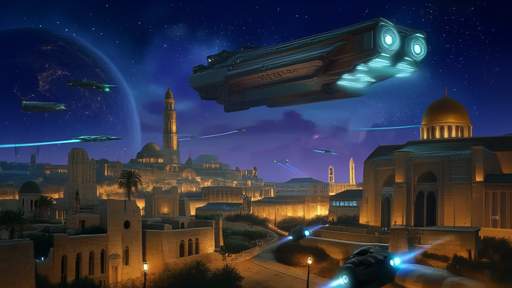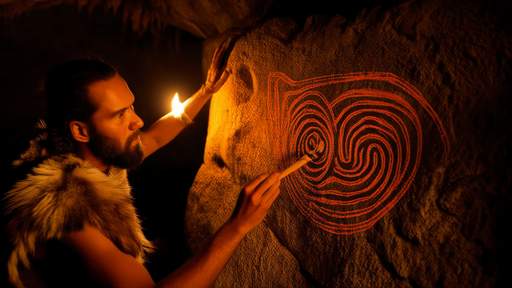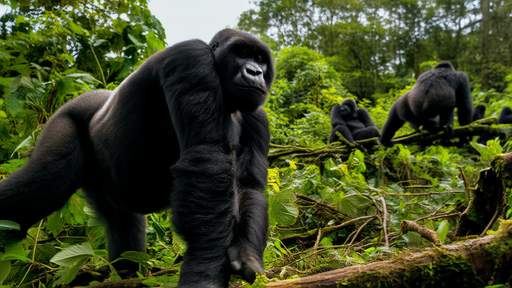In the lush jungles of northern Guatemala, archaeologists have unearthed a remarkable complex dating back nearly 3,000 years, shedding new light on the enigmatic Mayan civilization. The discovery, announced by Guatemala's culture minister, reveals a network of sanctuaries, pyramids, and a sophisticated canal system that could reshape our understanding of this ancient culture. The complex spans three sites—Los Abuelos, Petnal, and Cambrayal—near the significant Mayan site of Uaxactún in the Petén region. These findings are not just archaeological treasures; they are windows into the past, offering insights into the rituals, architecture, and engineering prowess of the Maya.
The Mayan Civilization: A Brief Overview
The Mayan civilization, which emerged around 2000 BC, reached its zenith between 400 and 900 AD. Predominantly located in modern-day Mexico and Guatemala, the Maya built impressive temples, roads, pyramids, and other monuments. They developed complex systems of writing, mathematics, and astronomy, leaving behind a rich cultural legacy that continues to fascinate scholars and enthusiasts alike.
The Discovery at Los Abuelos
Los Abuelos, meaning "The Grandparents" in Spanish, lies approximately 13 miles from Uaxactún. The site derives its name from two human-like rock figures believed to represent an "ancestral couple." These figures, along with several sacred sanctuaries, suggest that Los Abuelos was a significant site for Mayan rituals. According to Luis Rodrigo Carrillo, Guatemala’s vice minister of culture and sports, "Located here is one of the most important ritual centers in the region, with notable sanctuaries, helping to reassess our understanding of Mayan history."
The discovery of these sanctuaries is particularly significant as it provides tangible evidence of the Maya's deep spiritual connection to their environment. The site's location and the presence of the ancestral figures indicate that Los Abuelos was a place of reverence, where the Maya performed rituals to honor their ancestors and deities.
The Pyramid at Petnal
East of Los Abuelos lies Petnal, home to a 33-meter-high pyramid. At its peak, archaeologists discovered two preserved rooms adorned with murals depicting various symbolic representations. These murals, meticulously painted and remarkably well-preserved, offer a glimpse into the artistic and symbolic world of the Maya.
The pyramid's height and the intricate murals suggest that Petnal was a site of great importance, possibly serving as a center for political or religious authority. The murals, with their detailed symbolism, provide clues about the Maya's cosmology and belief systems. They depict scenes that likely represent mythological stories, rituals, and the natural world, reflecting the Maya's deep understanding of their universe.
The Unique Canal System at Cambrayal
Approximately three miles from Los Abuelos, Cambrayal reveals another fascinating aspect of Mayan engineering: a unique water canal system inside a palace. This discovery marks a significant advancement in our understanding of Mayan hydraulic engineering. The canals, which were likely used for water management and possibly ritualistic purposes, demonstrate the Maya's ability to manipulate their environment to suit their needs.
The canal system's complexity suggests that the Maya had a sophisticated understanding of water management, which would have been crucial for sustaining their large cities and agricultural practices. The presence of such a system in a palace indicates that water management was not just a practical concern but also a symbol of power and prestige.
The Broader Context: Uaxactún and the Mayan Network
These newly discovered sites form a previously unknown urban triangle, highlighting the interconnectedness of Mayan cities. Uaxactún, a significant Mayan site, serves as a central hub, linking Los Abuelos, Petnal, and Cambrayal. This network suggests that the Maya had a well-organized urban structure, with each site playing a specific role in the broader civilization.
The discoveries at these sites are particularly noteworthy given the rarity of new Mayan finds. While such discoveries are infrequent, advancements in research and technology continue to reveal hidden aspects of Mayan culture. For instance, in April, archaeologists uncovered a mysterious 1,700-year-old altar containing human remains in the nearby ancient city of Tikal. This altar, believed to be the work of artists from Teotihuacan, highlights the cultural exchanges that took place within the broader Mesoamerican region.
The Role of Modern Technology
The use of modern technology, such as laser mapping, has played a crucial role in these discoveries. These tools allow archaeologists to detect hidden structures beneath the jungle canopy, revealing the extent of Mayan urban planning and connectivity. The ability to map out entire cities and their surrounding areas has transformed the field of archaeology, providing a more comprehensive understanding of the Mayan civilization.
The Significance of the Discoveries
The discoveries at Los Abuelos, Petnal, and Cambrayal are more than just archaeological finds; they are testaments to the greatness of Mayan culture. These sites, with their sanctuaries, pyramids, and canal systems, demonstrate the Maya's advanced knowledge of architecture, engineering, and symbolism. They challenge previous assumptions about the extent and complexity of Mayan urban planning and ritual practices.
Moreover, these findings highlight the importance of continued exploration and research. The collaboration between Guatemalan and Slovak archaeologists, alongside international experts, underscores the value of interdisciplinary and international cooperation in uncovering the past. The support from Comenius University in Bratislava, Slovakia, is a testament to the global effort to preserve and understand our shared human heritage.
Looking Ahead
As archaeologists continue to explore the Petén region and beyond, the hope is that more hidden treasures will emerge, further enriching our understanding of the Mayan civilization. The discoveries at Los Abuelos, Petnal, and Cambrayal are just the beginning. They open new avenues for research, inviting scholars to delve deeper into the rituals, daily life, and technological achievements of the Maya.
The Mayan civilization, with its rich history and cultural legacy, continues to captivate the imagination of people around the world. These recent discoveries remind us of the enduring legacy of the Maya and the importance of preserving and understanding our past. As we uncover more about this ancient civilization, we gain not only knowledge but also a deeper appreciation for the ingenuity and resilience of our ancestors.
In the heart of Guatemala's jungles, the ancient Maya left behind a legacy that continues to inspire and educate. The discoveries at Los Abuelos, Petnal, and Cambrayal are more than just archaeological finds; they are a testament to the greatness of a civilization that thrived thousands of years ago. As we continue to explore and uncover the secrets of the past, we are reminded of the rich tapestry of human history and the enduring power of human ingenuity.

By Daniel Scott/Jun 6, 2025

By John Smith/Jun 6, 2025

By Daniel Scott/Jun 6, 2025

By Emma Thompson/Jun 6, 2025

By Sophia Lewis/Jun 6, 2025

By Olivia Reed/Jun 6, 2025

By Joshua Howard/Jun 6, 2025

By David Anderson/Jun 6, 2025

By Emma Thompson/Jun 6, 2025

By Emily Johnson/Jun 6, 2025

By Samuel Cooper/Jun 6, 2025

By Emily Johnson/Jun 6, 2025

By Sophia Lewis/Jun 6, 2025

By Jessica Lee/Jun 6, 2025